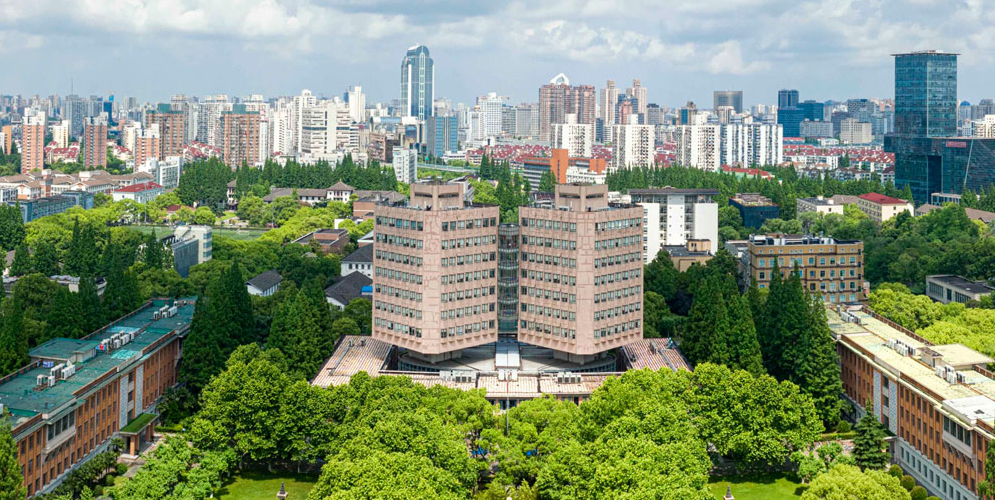

|
联系人:田阳 教授 题目一:Plasmonic Electrochemistry: Various Photofunctions of Metal Nanoparticles 报告人:Prof. Tetsu Tatsuma(东京大学) 时 间:10月10日(星期四),上午9:00-10:20 地 点:化学馆241报告厅 CV of Prof. Tetsu Tatsuma Education: 1988 B.Sc., University of Tokyo (Chemistry) 1990 M.Sc., University of Tokyo (Chemistry) 1993 Ph.D., University of Tokyo (Chemistry) Professional Career: 1992-1998: Research Associate, Tokyo University of Agriculture and Technology 1998-2000: Assistant Professor, University of Tokyo 2000-2008: Associate Professor, University of Tokyo 2008-present: Professor, University of Tokyo Career-related Activities: 1996: Visiting Scholar, University of Wyoming, U.S.A. 2006-2010 JST PRESTO Researcher Honor: 1998: The Advance Award of Electrochemical Society of Japan "Analysis of Electron Transfer in Enzymatic Systems and Application to Biosensing" 2011: Award for Creative Work from the Chemical Society of Japan "Functional Materials Based on Photoinduced Redox Reactions of Metal Nanoparticles" 2012: Award for Scientific Achievement from the Electrochemical Society of Japan "Development of Novel Photoelectrochemical Processes and Application to Photofunctional Materials" Research Experiences: 1987-present Bioelectrochemistry (including biosensors) 1992-2001 Quartz crystal microbalance 1992-present Electrochemomechanics (including actuators) 1993-1998 Polymer-lithium batteries 1998-2003 Electrochemistry of diamonds 1998-present Photoelectrochemistry (including photocatalysis, photochromism, photovoltaic cells, and plasmonic electrochemistry) Publications: 172 Original peer-reviewed papers, 89 review articles, and 43 coauthored books. Abstract: Plasmonic Electrochemistry: Various Photofunctions of Metal Nanoparticles Tetsu Tatsuma Institute of Industrial Science, University of Tokyo, Japan Light is reflected by metallic objects of normal size, but absorbed by metal nanoparticles due to plasmon resonance. Prof. Tatsuma has found a way to separate positive and negative charges on the basis of the energy of light absorbed by the plasmonic metal nanoparticles. He has used the separated charges to drive electrochemical reactions and applied the reactions to photovoltaic cells, photocatalysts, multicolor and infrared photochromic materials, chemical and biosensors, and photoactuators. The lecture will focus on the mechanisms and the applications of the plasmonic electrochemistry. Photoelectrochemistry of even smaller objects, namely metal clusters such as Au25, will also be described. [Left] Multicolor photochromism (Nature Mater); [upper right] single particle photochromism (Nano Lett); [lower right] hydrogel photoactuation (Adv Mater). 题目二:Advanced Electrochemical Devices Based on New Carbon Nanomaterial Electrodes 报告人:Dr. Kikuo Komori(东京大学) 时 间:10月10日(星期四),上午10:30-11:30 地 点:化学馆241报告厅 |


